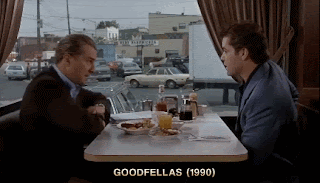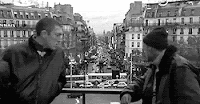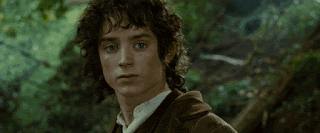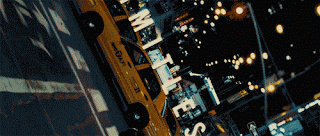Camera movement: Steadicam.
A director may choose to use the steadicam camera movement because they would need to film something that is moving during the scene however would need the shot to be smooth without any mistakes, even whilst on an uneven surface or whilst moving quickly.
A director may choose to use a steadicam shot on a person because the actor may be moving fairly quickly and the director would like to have a smooth shot of them moving without any additional camera movement. An actor may be moving quickly and swiftly or they may be moving slower and therefore the director would need a shot of them with the camera keeping up with the actor. For example:
Example from the film The Shining: Example from the film Titanic:
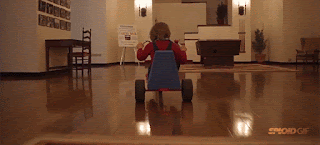
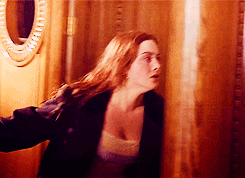
A director may choose to use a steady cam on a shot of scenery more than an object, however they may also need to film an object based on what it may be and why it needs to be filmed. A director would more likely need and want to film a shot of scenery with a steadicam because that way they are able to produce an accurate shot of content. For example:
Example from the film Reservoir Dogs: Example from the film Saving Private Ryan:
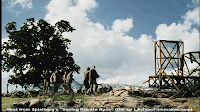
Example clip from the film Goodfellas:









